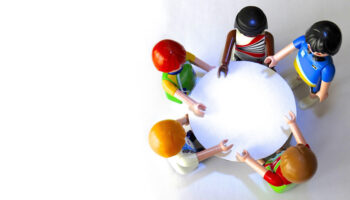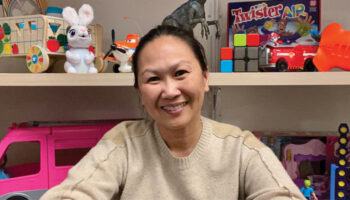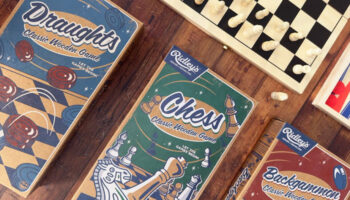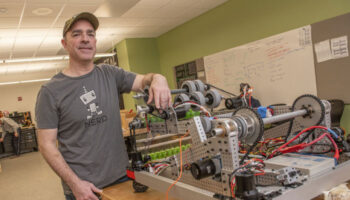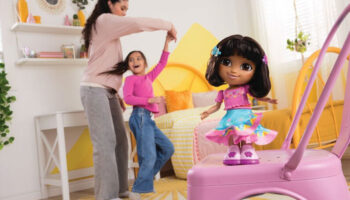Defining a creative toy and game person
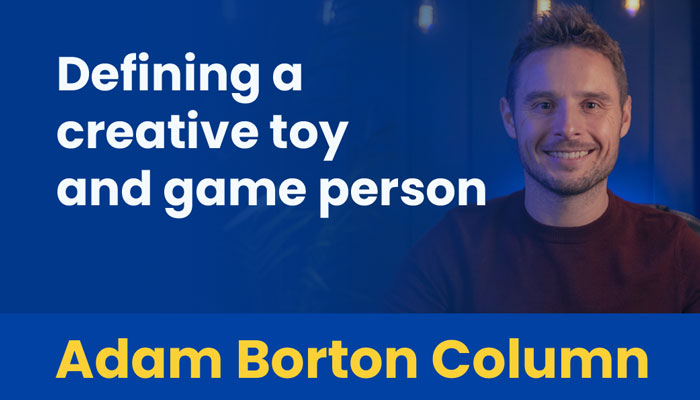
The toy and game industry thrives from unique concepts that grab people and make them want to buy and use them.
The ability to make these concepts tends to come from self-styled ‘creative’ people – but what defines a creative person and can ‘non-creative’ people also create too? Can you learn to be creative?
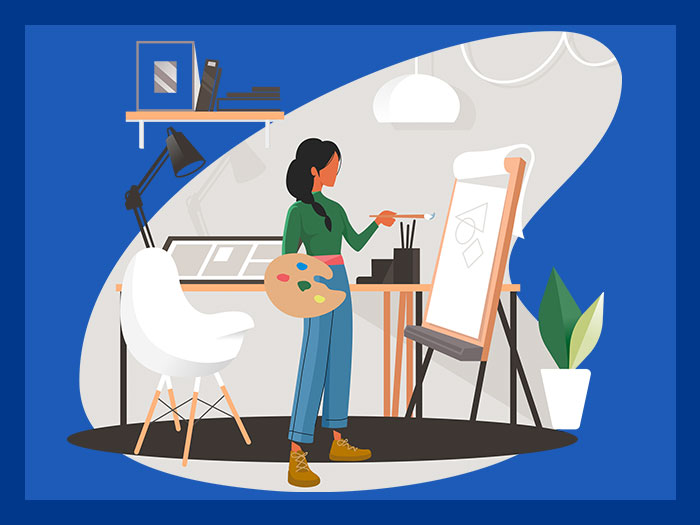 What’s a creative person?
What’s a creative person?
Historically, designers, artists and creative people have tended to group together. They dress similarly, they like similar things and they act in similar ways.
What you wear and how you act doesn’t define your creativity. Creativity comes from the mind and all of our brains wear the same things and act the same way – they sit in our skulls firing neurons around!
Personally, I’ve never wanted to conform to what a ‘designer’ or ‘creative’ person should be. Sometimes culture and companies can push and influence what that should be. My ideas and what I create aren’t tied to who I am and how I act. That’s a personal choice and some people choose to submerge themselves into the whole lifestyle, which is completely okay too.
The point is that you don’t need to act a certain way or wear certain things to be creative – your ideas and finished prototypes are what really matters. What experiences are they going to give other people?
If you walk around an inventor event (when they eventually resume in-person), such as the Play Creators Conference, you’ll see a wide variety of people, all wearing different things and acting different ways. There’s not just one kind of person or personality there.
When presenting, I usually choose to wear business attire as I feel it helps to show professionalism and sell my concepts – but again, that’s a personal choice. There are others who wear whatever they want when they’re presenting and they make sales too. This shows that at the end of the day, if your work is great, what you wear only makes a marginal difference and isn’t the deciding factor – it’s the product.
Can you learn creativity?
Creativity is one of those magical words that can basically represent anything. Some people aren’t confident that they can be creative and doubt that they can create things.
The fact is that everyone has ideas – from professional designers to accountants. An idea forms in your mind and it’s conceptual; it’s not real yet, it’s simply a thought.
People who are naturally good at seeing shapes and forms in their minds will have a slight advantage, but does that mean that their end product is going to be better than someone who doesn’t have the natural ability to see it in their minds? No!
The creative process is just that, a process. There’s no magical ability that allows someone with natural skills to be successful. Just like JK Rowling creating magical worlds, Jim Carrey entertaining audiences in films or Thomas Edison inventing the light bulb, they all had to use a process to get really good at it. Their end products didn’t just appear into existence.
Hard work, creating opportunities and using a process allowed them to reach the pinnacle and deliver amazing things. You can use these three things, whether you feel like you’ve got natural creative talent or not, to become successful.
The creative process
There are lots of ways that people who aren’t born with the natural ability to ‘see’ ideas in their minds can develop them.
Perhaps surprisingly, organisation should be your first strategy (rather than jumping straight into a brainstorm). Most professionals don’t just magically have ideas year after year without any kind of system for tracking them because when you do have a dry spell with ideas, all of your previous ones are there. They can be found, referenced, used and combined together.
Making sure everything’s organised with a system that you can quickly access time and time again will mean your work will be much more efficient over the long term. The organised system grounds you so you can be free to go and come up with chaotic ideas – and know where you put them!
Once you’ve got a system sorted, you can use that to come up with ideas. There are lots of ways to come up with ideas but if you struggle, try getting either written or visual references and trying to combine them. What if I combine a picture of a panda with a fishing rod? What if I apply this mathematical equation with a picture of a house? These sort of ‘what if’ questions will help to get your brain thinking in a creative way and remember – no idea is too crazy or weird at the start, don’t limit yourself!
Mentally freeing yourself from the constraints of everyday life will help you to become more creative and coming up with unlikely, crazy ideas like this will help to get the creative juices flowing. Afterwards, you can go through them and refine the most suitable ones.
These are just some quick tips to get you started and warmed up to being more creative, there are lots of other techniques you can try too. After this, you can start to focus on refining your ideas to suit the market, make and prototype them and then pitch them to turn them into the next hit toy or game!
—
To stay in the loop with the latest news, interviews and features from the world of toy and game design, sign up to our weekly newsletter here


